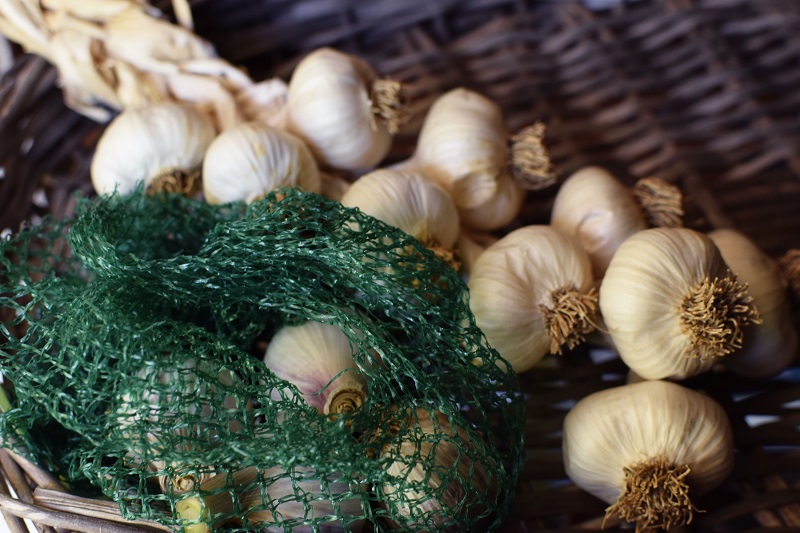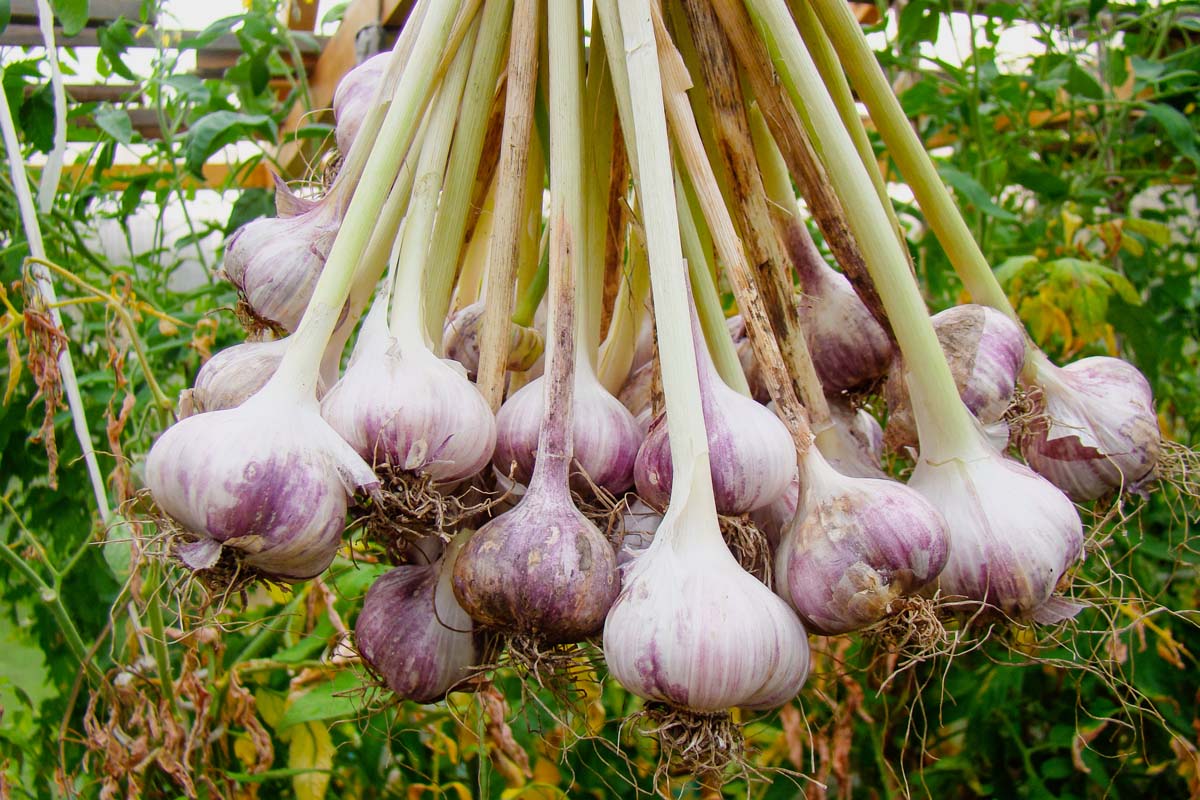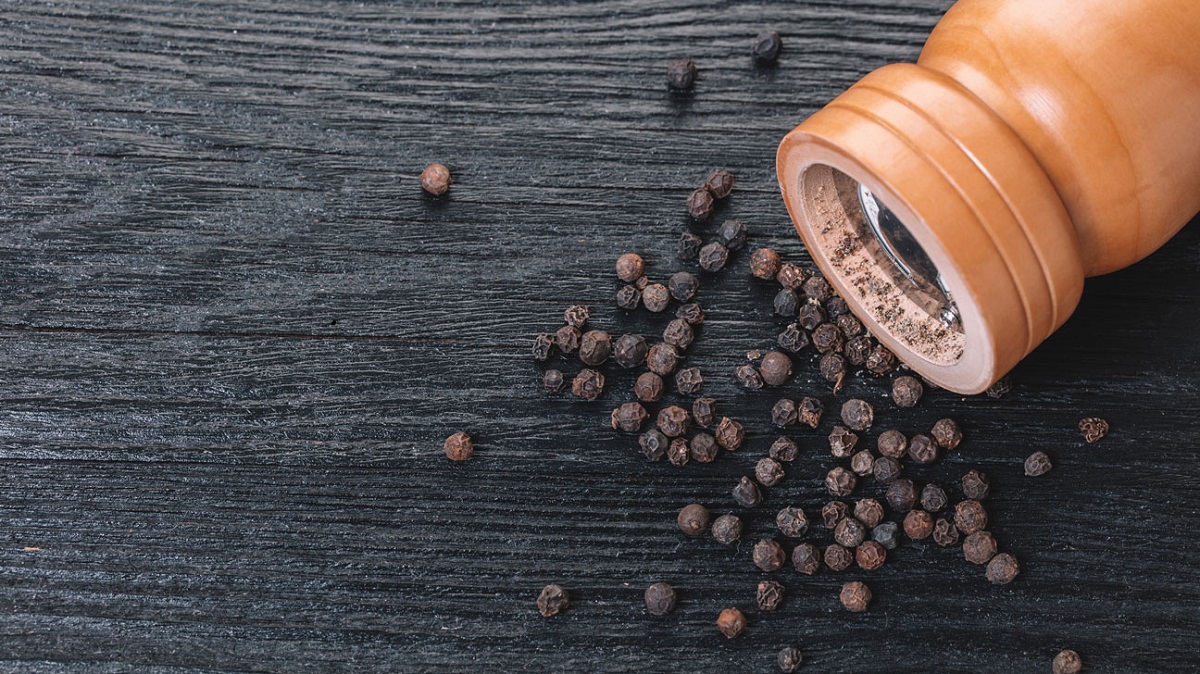Can you eat seed garlic (more commonly known simply as “garlic seed”) plays an integral part in gardening and culinary practices, from gardening to culinary applications. While similar in appearance to garlic bulbs used for cooking, there are distinct differences that must be acknowledged when discussing seed garlic’s edibility, nutritional value, culinary applications, and beyond. We will explore all these in greater detail here.

What Is Seed Garlic?
Seed garlic refers to cloves specifically selected and grown for planting purposes, typically larger and healthier than those intended for culinary use. As opposed to grocery store varieties, seed garlic must be selected carefully in order to ensure optimal plant growth with regard to disease resistance and robust growth potential.
Can You Eat Seed Garlic Raw?
While raw garlic can certainly be consumed both raw and cooked, its pungent and stronger flavours might make its consumption less appetizing for some individuals than culinary garlic. Some individuals may enjoy its bold taste; others may find it overpowering. Furthermore, excessive consumption can lead to digestive discomfort for certain individuals.
Cooking with Seed Garlic
Food can help mellow the strong flavour of seed garlic, making it more suitable for use in many dishes. Minced seed garlic can be added to sauces, soups, stir fries or marinades to add its unique taste and aroma. Roasting whole cloves can create a sweeter, caramelized flavor. Which works particularly well when spread on bread or mixed into mashed potatoes.
Nutritional Value of Seed Garlic
Seed garlic offers many of the same nutritional advantages found in its culinary counterpart. Packed full of essential vitamins, minerals, and antioxidants such as vitamin C and B6, along with Alicia, an amino-acid-containing compound with potency health properties, regular consumption may support heart health, immune function, and overall well-being.
Growing Seed Garlic
In order to successfully cultivate seed garlic, select healthy cloves with firm and unblemished skins. When planting them into well-drained soil, space them apart with enough sunlight and water available, while monitoring for pests or diseases as necessary. With proper care, seed garlic should become robust plants ready for harvest during its next growing season.
Harvesting and Storing Seed Garlic
Seed garlic should be harvested when its tops turn yellow and dry, typically late summer or early fall. Carefully dig up each bulb without damage and allow it to cure in a well-ventilated space for several weeks until flavour and shelf life improve. Before placing the cured seed garlic into an airtight container in cool, dark storage for long-term preservation.
Seed vs Culinary Garlic
While seed garlic and culinary garlic share similar genetic roots, they serve different functions. Seed garlic is specifically designed for planting purposes, prioritizing qualities like size, vigor and disease resistance. While culinary garlic is grown for consumption, more emphasis is placed on its flavour, aroma, bulb size, and bulb width.
Common Misconceptions about Seed Garlic
One common misunderstanding regarding seed garlic is that its intended use as seed for planting prevents it from being suitable for consumption. In reality, fresh and free from mold or decay, seed garlic can be highly nutritious when consumed as food. Another fallacy about garlic varieties is that they all share similar attributes without considering specific differences among them.
Safety Precautions
While seed garlic is generally safe to consume, it’s wise to exercise caution when eating it raw or in large quantities. Some individuals may experience digestive distress or allergic reactions due to garlic. Furthermore, those taking certain medications, such as blood thinners. Should consult a healthcare professional prior to consuming large amounts of garlic.
Recipes With Seed Garlic
We present two simple yet flavorful seed garlic recipes:
Roasted Garlic Hummus: In a food processor or blender, combine cooked chickpeas, tahini, olive oil, lemon juice, roasted seed garlic and salt until the mixture is creamy. Serve alongside fresh vegetables or pita bread for a delectable snack or appetizer!
Garlic Herb Butter: Combine softened butter with minced seed garlic, fresh herbs (parsley, thyme, and rosemary), salt, and pepper until fully blended. Use it as a spread on bread, as a topping for grilled meats, or as a seasoning for roasted vegetables.
Health Benefits of Consuming Seed Garlic
Regular consumption of seed garlic offers many health advantages, such as:
Heart Health: Garlic may help reduce blood pressure and cholesterol levels, reducing the risk of heart disease.
Immune Support: Garlic contains antimicrobial properties. Which may assist the body in fighting off infections more effectively while increasing immunity function.
Antioxidant Effects: Garlic contains powerful antioxidants that may protect against oxidative damage and decrease inflammation.
Culinary Uses of Seed Garlic
Seed garlic can enhance the flavour of a wide range of dishes, including:
Soups and Stews: For an intense boost of flavour, minced seed garlic should be added to soups, stews, chilli, and salads.
Salads: Crush garlic together with olive oil, vinegar, and mustard for an excellent salad dressing option.
Pasta Dishes: For an easy yet delicious pasta meal, mix cooked pasta with olive oil, roasted seed garlic, cherry tomatoes and fresh herbs for a tasty dish.
Environmental Impact
Cultivation of seed garlic has several positive environmental implications, such as:
Reducing Chemical Usage: Garlic cultivation reduces chemical use by being relatively pest-resistant, decreasing reliance on chemical pesticides and herbicides.
Soil Health Improvements: Garlic cultivation has the ability to improve soil health through increased microbial activity and nutrient cycling processes, all contributing to overall improvement.
Biodiversity: Cultivating various varieties of garlic helps preserve biodiversity for future generations by protecting heirloom strains that could otherwise disappear from existence.
Conclusion
Seed garlic is not only suitable for planting but can also be consumed as a culinary staple. Both raw and cooked forms of seed garlic offer robust flavours and numerous health benefits. By understanding its unique features and handling techniques, you can confidently add it to your diet and garden.





